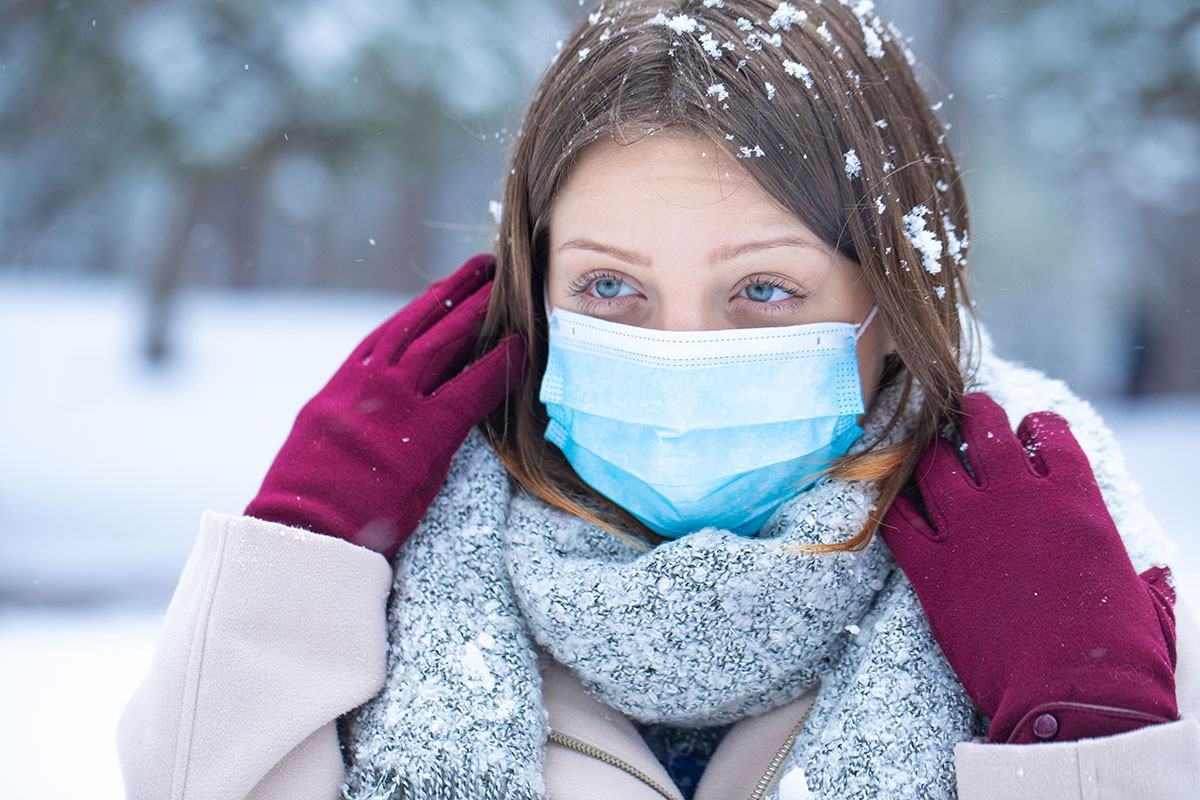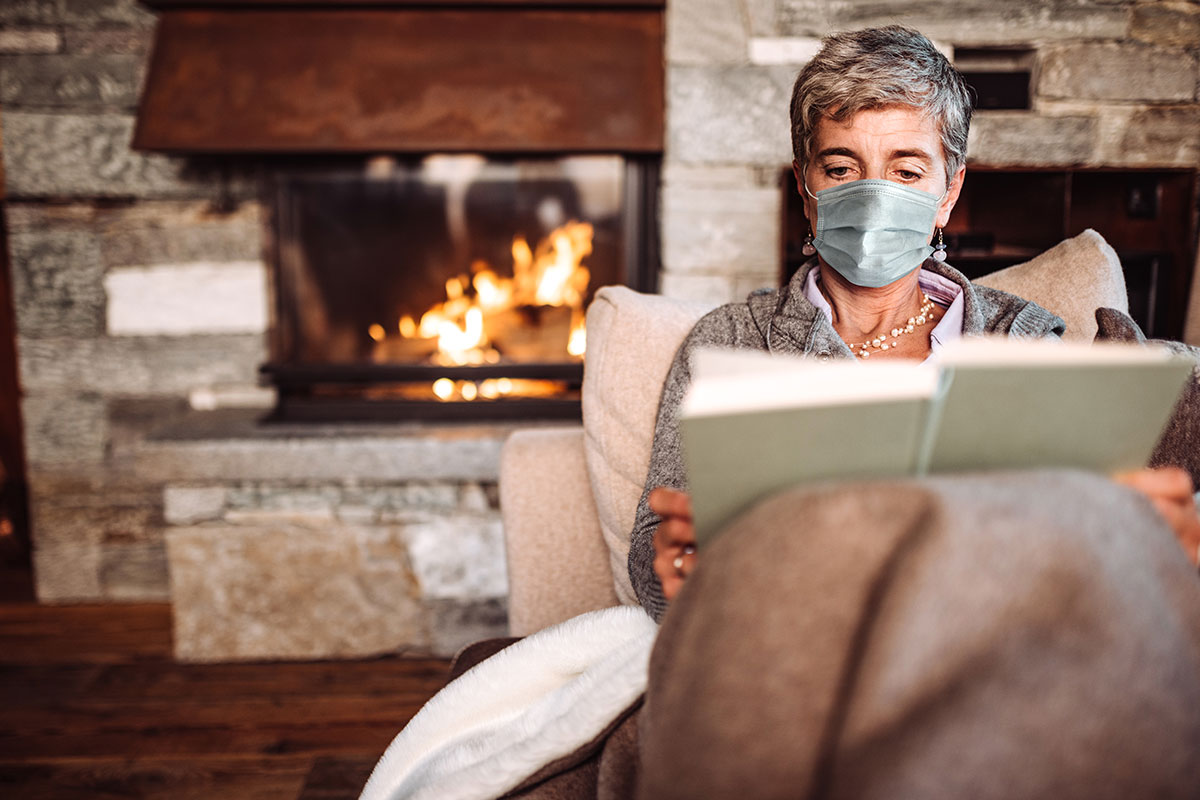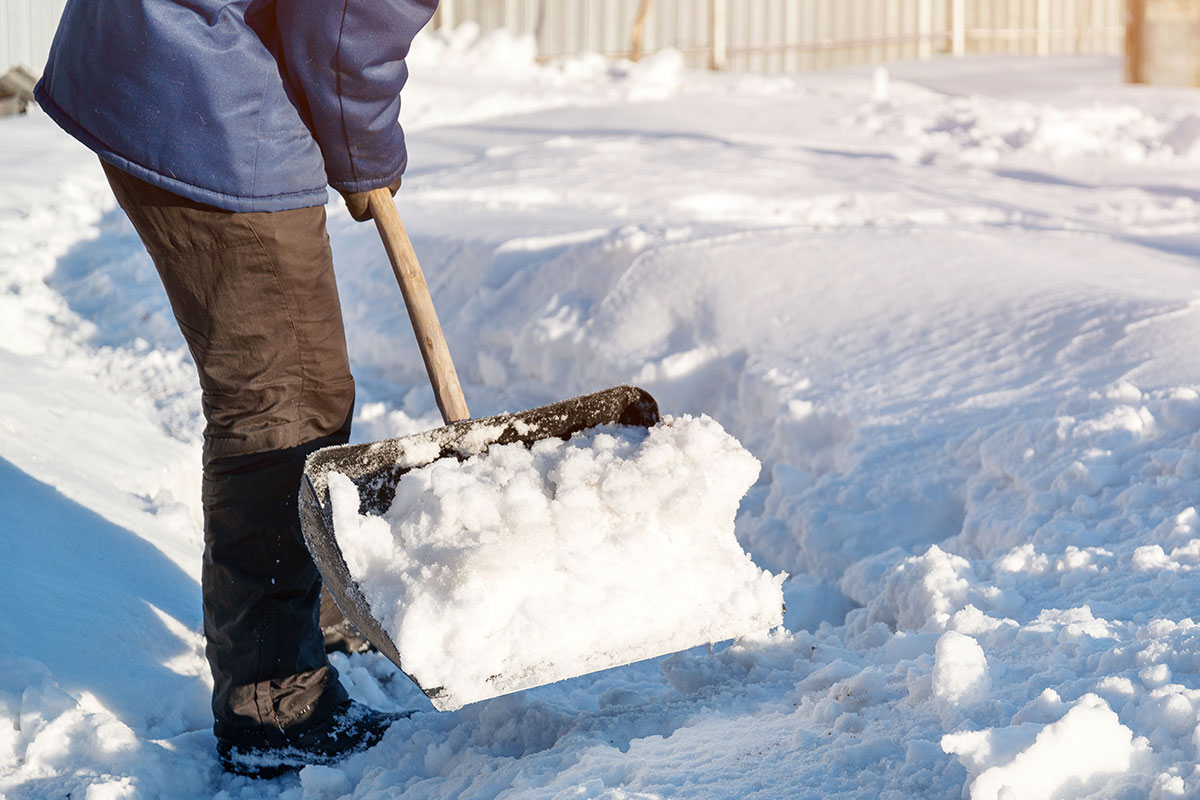-
Services
Featured Specialties
-
Locations
Location Type
-
Patients & Visitors
Published February 27, 2023

Taking a few extra precautions can help you and your family stay safe this winter, especially if there’s snow in the forecast. Experts from across the Yale New Haven Health system shared some tips below.
Families looking to enjoy the snow outside need to remember to dress appropriately. Both adults and children should wear a hat, gloves, boots and coats that protect against wind and snow.
In addition to bundling up, think about adding layers to stay dry. Long underwear in a fabric that wicks away sweat is a better option than cotton, which will absorb moisture. If you’re not drying off, you could be at risk of developing hypothermia.
In addition to anyone spending lots of time outdoors, young children and older adults are at an increased risk of hypothermia. Signs include shivering, exhaustion, confusion, memory loss, drowsiness and slurred speech. If you think you’re experiencing signs of hypothermia, get help right away.
“Hypothermia and cold injuries can occur quickly in these conditions. Drastic drop in body temperature can result in serious, often fatal conditions,” said Andrew Ulrich, MD, chief of Emergency Medicine at Yale New Haven Hospital.
Dr. Ulrich recommends taking regular breaks to warm up, changing out of wet clothing and drinking warm fluids. If your hands or feet become numb, do not put them in hot water, which can cause serious burns. Run them under lukewarm water until feeling returns. Even though alcohol may make you feel better, it actually increases your risk of hypothermia.
Remember, if there’s a snow storm, Emergency Departments at hospitals will always remain open.

If you’re trying to stay warm when the temperatures drop, make sure you’re heating your home safely. Stoves are not safe for heat, and electric space heaters could be a fire hazard. Christopher Davison, MD, chief of Emergency Medicine at Greenwich Hospital, said poorly ventilated fireplaces and wood stoves, as well as gasoline-powered generators all emit carbon monoxide.
"Carbon monoxide is an odorless, colorless, tasteless, non-irritating gas which is a silent killer," Dr. Davison said. "It is critical to ensure that all of these sources of heat are maintained and well-ventilated, so that the gas does not accumulate."
He said now is a good time to check the carbon monoxide detector in your home and change the batteries.
If you lose power and need to conserve heat, use towels to cover cracks at the bottom of doors and use extra blankets and coats to stay warm.
Libraries, senior centers and other community sites may be open if you need a place to stay.

Shoveling snow is an exercise many of us are out of shape for. When you start to shovel snow, it’s natural to want to keep shoveling until you’re done. But that means you may be pushing through pain and shortness of breath.
You should listen to your body while shoveling. If you develop chest pain, stop and seek emergency care. If you have any medical issues such as heart disease, diabetes, or if you’re a smoker, have someone else do the shoveling.
Also, do not to put your hand in your snow blower. It may seem like common sense, but every time there’s snowfall, someone does it and gets hurt.
When the weather gets bad, stay off the roads and stay home to stay safe. Always check for weather advisories before heading out and avoid traveling if there’s low visibility or ice on the roads.
The National Highway Traffic Safety Commission recommends always keeping your car ready for bad weather with blankets, flashlights, jumper cables and emergency lights. Snow shovels, a broom and ice scraper can help in an emergency as well.